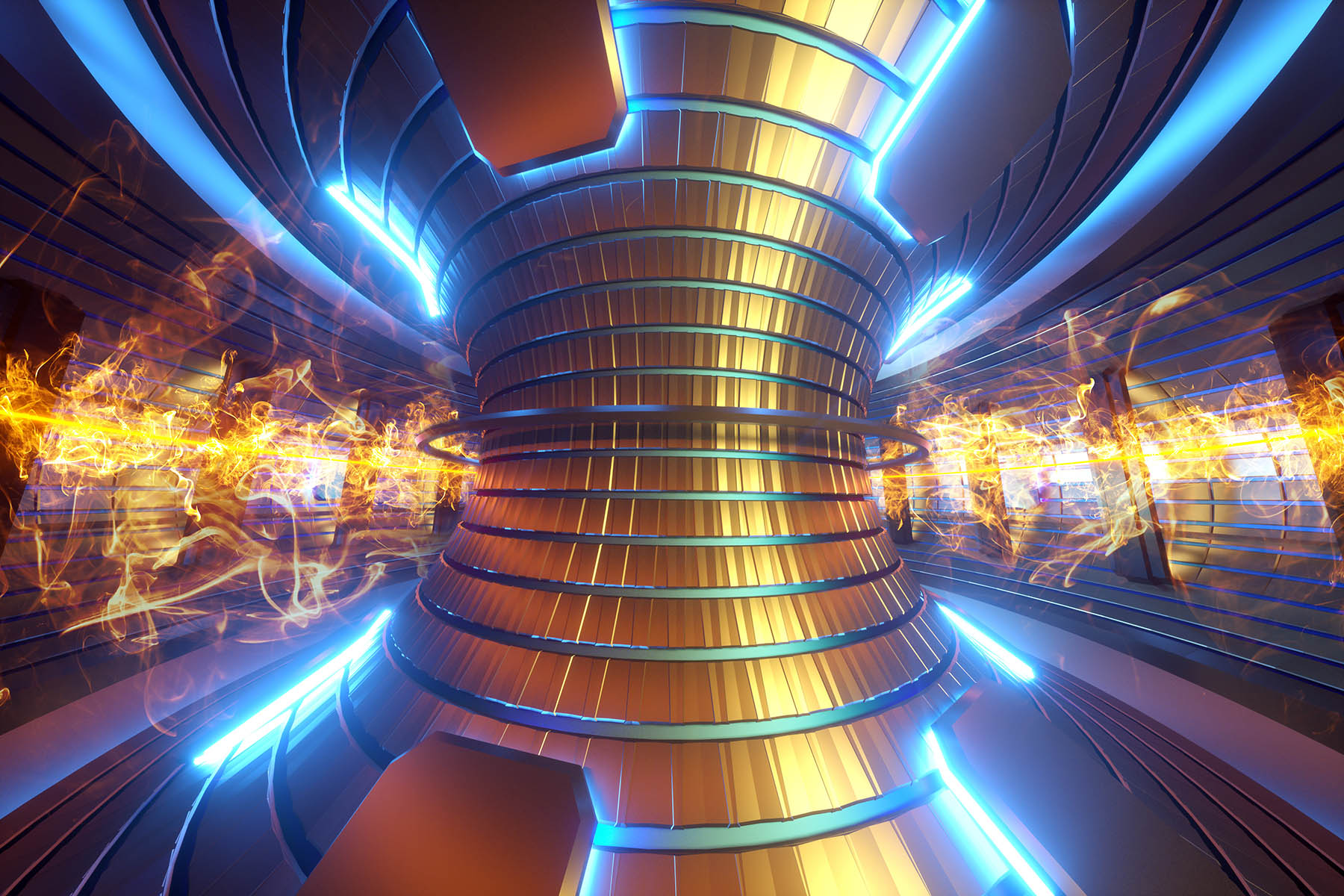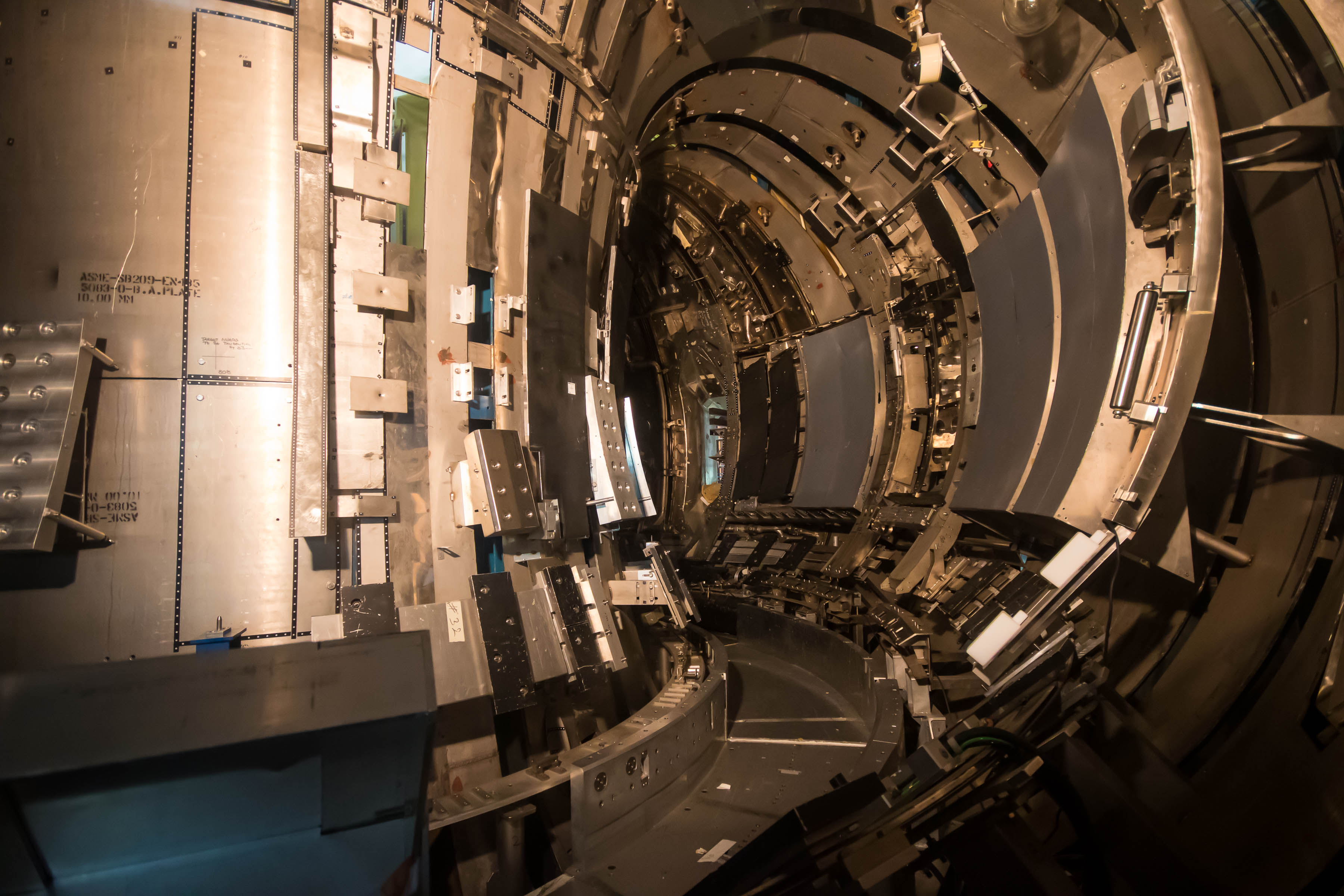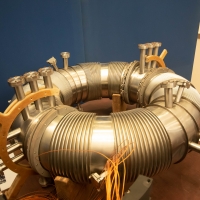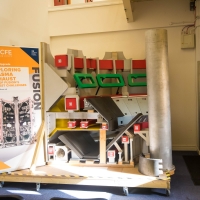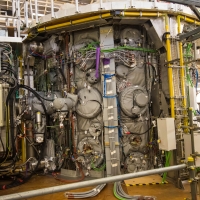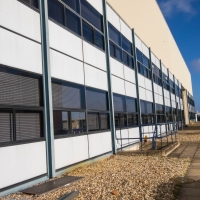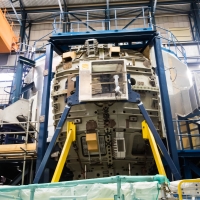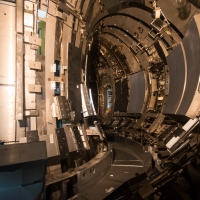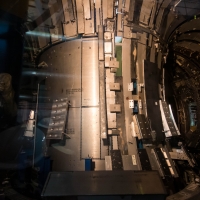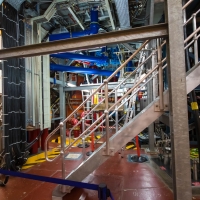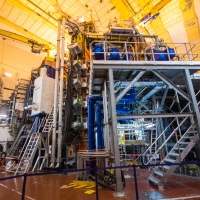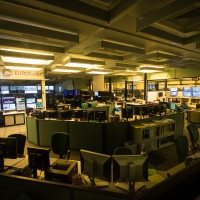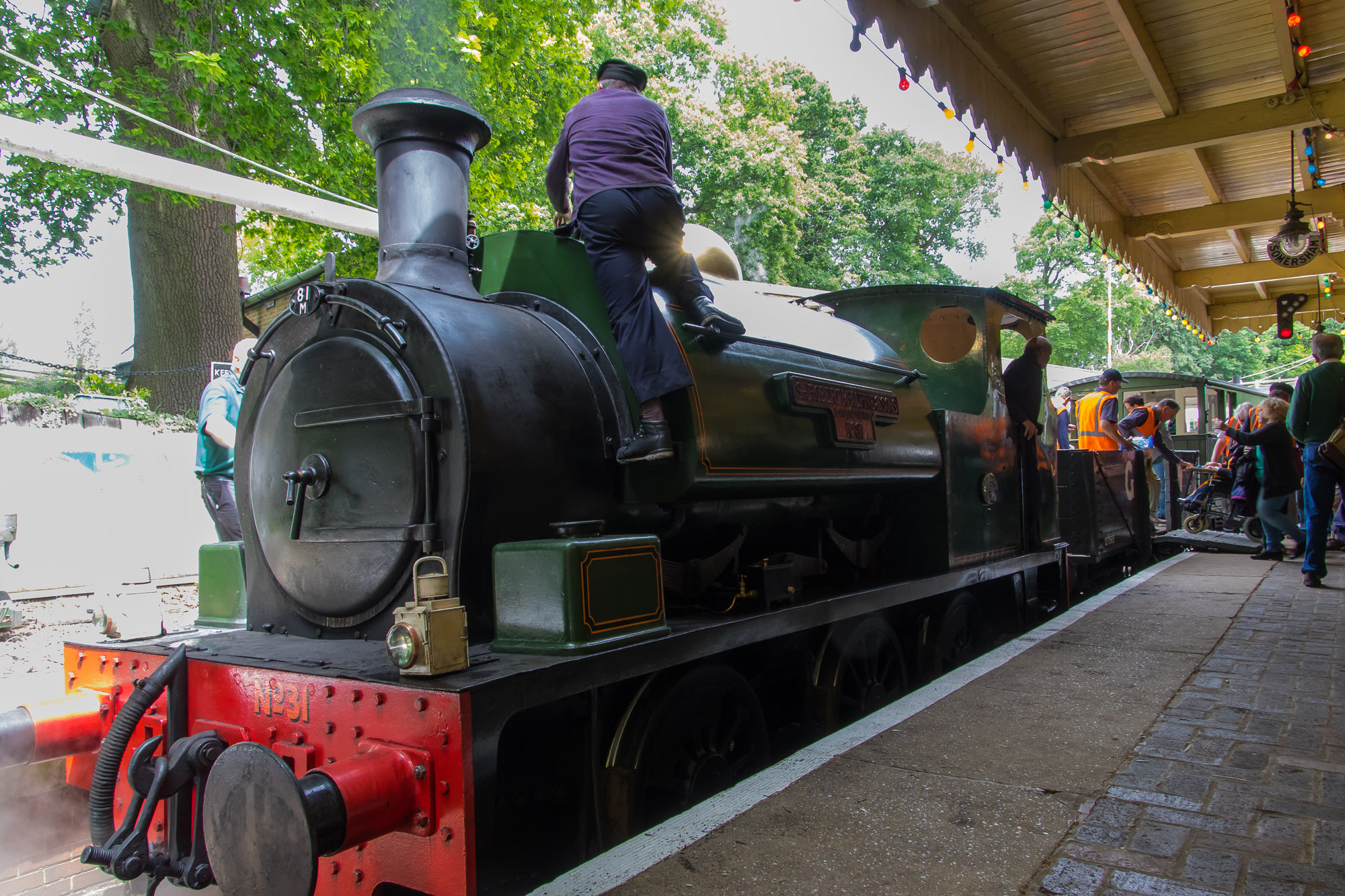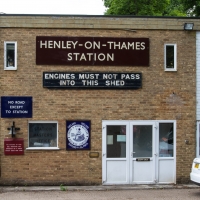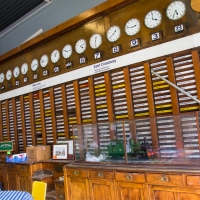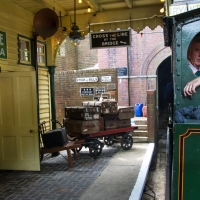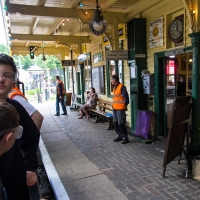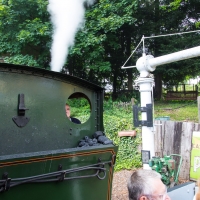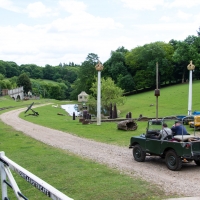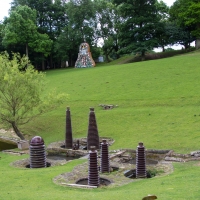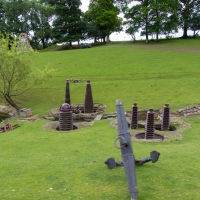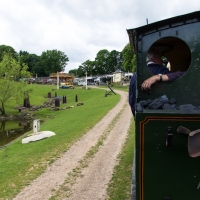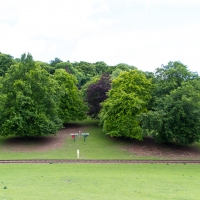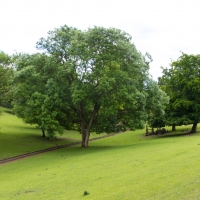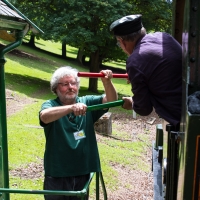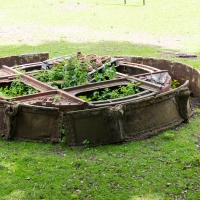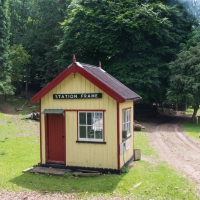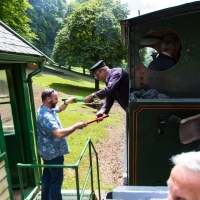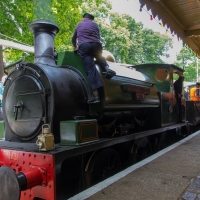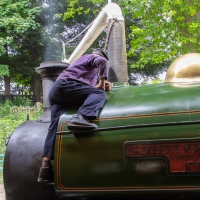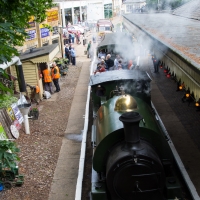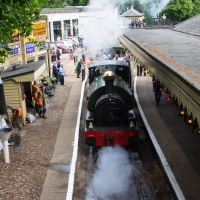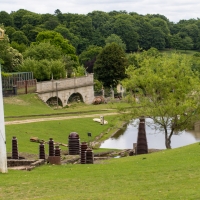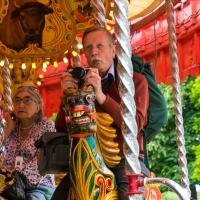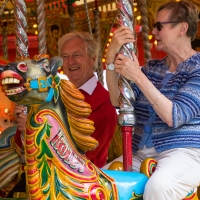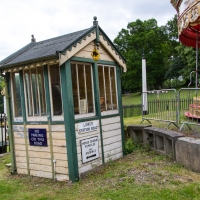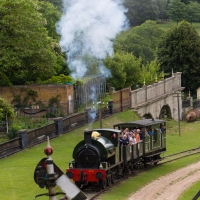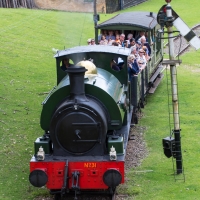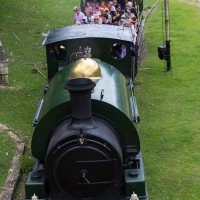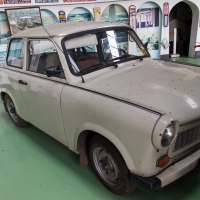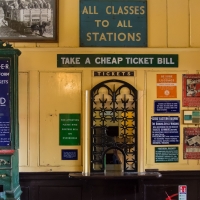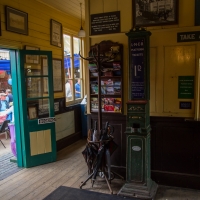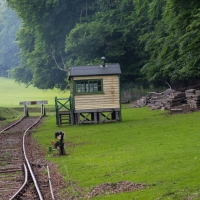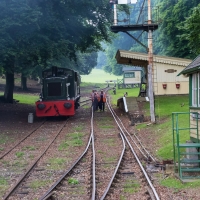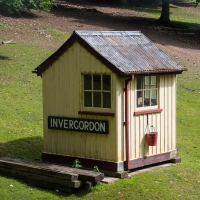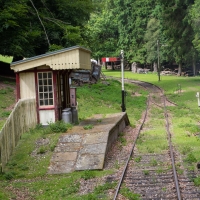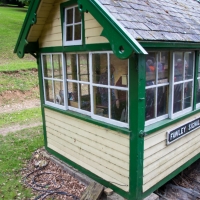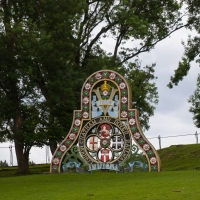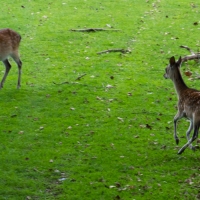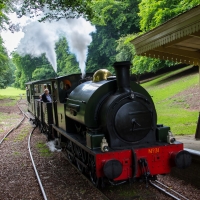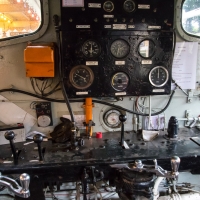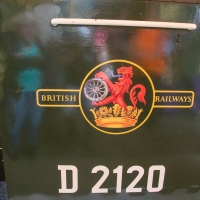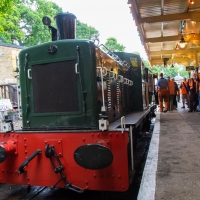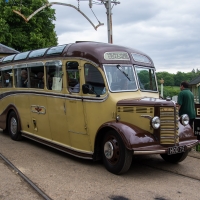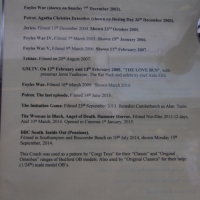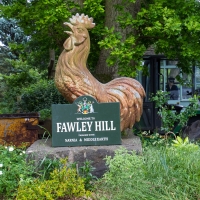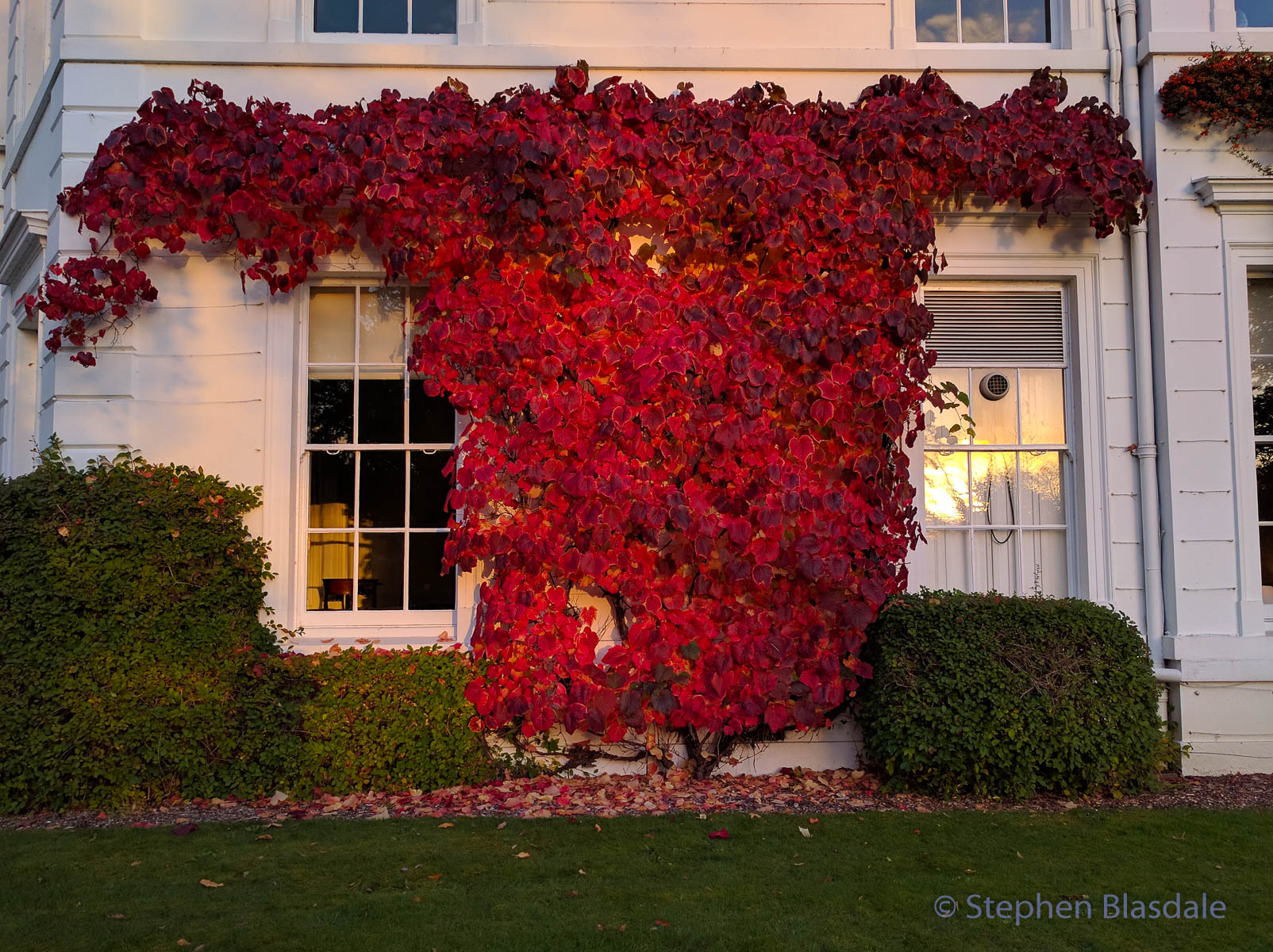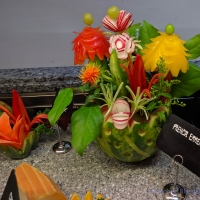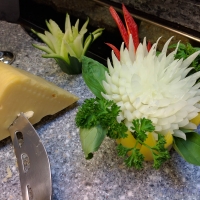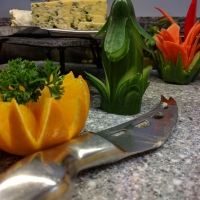Saturday – Oxford Conference
For several years we have been meaning to attend a one day conference at Oxford University on various topics concerned with the History and Philosophy of Physics. These conferences run about three times a year and are organised by the Post Graduate college of St Cross. They appear to be open to anyone.
We dutifully made full use of our old people’s bus passes and parked at the Bicester Park and Ride (still free) and took the S5 into Oxford. We walked to the Martin Woods Lecture Theatre for our days’ conference on The Rise of Big Science in Physics.
Big Physics: The Manhattan Project
The first session was a history lesson given by Professor Helge Kragh from the Niels Bohr Institute. This lecture charted the history of Big Science before, after and including the Manhatten Project. We heard about the Leviathan of Parsonstown, a large telescope built by William Parsons, 3rd Earl of Rosse which was the largest telescope in the world from 1845 to 1917.
The liquefaction of Helium was an expensive project first undertaken by Kamerlingh Onnes. In 1904 he founded a very large cryogenics laboratory and invited other researchers to the location. In 1908 he was the first to liquify helium. He also discovered superconductivity and superfluity during this research.
Big science ramped up in cost when high energy synchrotrons were built. These were necessary to understand the building blocks of life. They became more costly as they became more and more powerful.
During the war, the Manhattan Project to build the Nuclear bomb was an expensive project, which involved organisations from across America. In today’s money, this project cost $20 billion. Huge industrial plants were built to separate the uranium isotopes.
We heard how the Americans led the high energy physics until the Europeans got together after the war, coordinated and jointly funded CERN to build powerful cyclotrons. We also learnt a little about the Russians and their spying.
CERN
Dr Isabelle Wingerter from the French National Centre for Scientific Research talked about CERN, and the Large Hadron Collider built to find the Higgs Boson particle. Listening to her talk, you became amazed how these large projects are run. How technology advances during the build, and how the documentation and project management must be an absolute nightmare. Definitely going to visit CERN when we are in the area again.
ITER
Next up was Bernard Bigot, the director-general of the ITER project. ITER is a Nuclear Fusion reactor being built in France. It will be the model for commercial reactors and should be the first reactor to generate more power than put in.
The project is funded by China, EU, Japan, Korea, Russia and the USA. Components for the reactor are built in all the counties and shipped to France to be assembled. The agreement to build the reactor was signed in 2006. All members of the project share all the intellectual property rights generated by the project. The UK participates, and the fusion reactor at Culham is used to prototype technologies to be used in ITER.
This reactor should generate 500MW for 50 MW put in. Commercial reactors will be larger. The reactor works at high temperatures and uses a magnetic field to keep the plasm in place, The device is huge, with 18 Toroidal Field Coils weighing 360 tons each. They are built to a precision of 0.2 mm. The central solenoid is 1,000 tonnes and powerful enough to lift an aircraft carrier out of the water.
The work is progressing on time, work started on site in April 2014. The next two years are crucial with most of the large components being delivered and installed. Then comes the long few years in commissioning the equipment. The first plasm should be generated in December 2025.
Lunch
We left for lunch and had soup at the Pitt Rivers Museum. The queue was busy when we arrived. A few from the conference were there also. A thought, each session of the conference was around 30 minutes, with questions afterwards. Some of the questions were rather bizarre. One attendee was asking about documentation, and how to get these large projects documented. He found nobody wanted to update the Wikis. Isabelle said there was nothing better than human interaction and meetings. But what happens years down the line when everyone has left.
Interesting to hear how the published papers now had hundreds to thousands of names as authors. These were the researchers, but not the technicians who built. operated and serviced the machines.
ASTRON
Professor Carole Jackson from Astron, The Netherlands Institute of Radio Astronomy talked about the mega projects in Astronomy. Here we learnt about the creation of NASA and how they were the birthplace of big astronomical projects. We again heard about the hyper authors, with over a thousand authors named on a paper.
As well as building large radio telescopes, there is collaborative research where telescopes are linked together across the world to make one large machine. Pure Science research requires global participation.
Look Ahead at the Next Decade
Dr Michael Banks a journalist from Physics World, Institute of Physic Publishing, took a look into the next decade.
In 2021 we should have the launch of the James Webb Space Telescope. This will work in the Infrared and is a joint project from NASA, EAS and CSA. $8.8 billion
2025 The European Extremely large telescope with a 39.9-meter diameter dish. This will be used to searching for exo planets. $1 billion.
The Square Kilometre Array, thousands of radio antenna, building in South Africa and Australia. (low radio interference) $1 billion
2027 Long baseline Neutrino Facility. A proton accelerator and neutrino detector. Built-in Fermilab and Sanford. To detect the symmetry violations in antimatter. 180 organisations including CERN. Cost $1.5 billion
2027 Hyper Kaniokande, 260,000 tons of pure water in a mine in Japan to detect the symmetry violation of neutrinos. Why is there more matter than antimatter? $0.8 billion.
2035? International Linear Accelerator. 20 km accelerator (250GeV) with two detectors. To study the Higgs Boson in greater detail. To be built in Japan, $7.5 billion
2040? Compact Linear Accelerator 11 km tunnel (380GeV) CERN, further study of the Higgs Boson. $6.0 billion
2040? Future Circular Collider. 100 km tunnel, first stage 250GeV, then 100TeV with protons. Higgs Boson and look for further particles. $9-25 billion
Tea
Tea was taken in the Physics Department. Chatted with a couple of attendees. One was a questioner, who had a bone to pick on documentation. Hopefully, he won’t be at the evening meal.
Closing
Professor Frank Close closed the proceedings with a summary of the days’ events.
Conference Dinner
Dinner was held at St Cross College. We arrived in plenty of time and sat in the Common Room waiting for pre-dinner drinks. Close examination of the pictures on the wall, which had all been bought in a few years from a bequest. The College was founded in 1965, admitting its first five graduate students a year later. The College moved to its present location on St Giles in 1981.
After preprandial drinks, we went into dinner. Rosemary and I seemed to be seated in quite a good position on the table. Near to the organisers and some of the speakers. Our dinner, which included wine was.
Twice-baked cheddar souffle
Confit of duck with spiced plums, celeriac mash and flageolet bean ragout.
Vanilla baked cheesecake with roasted spiced plums
Coffee, mints & petit fours
It was an enjoyable evening with lots of conversation. We left and caught the S5 bus home. Busses seem to run late into the evening and well past midnight in Oxfordshire.
Sunday – Cambridge Society
Next day was the Berkshire branch of the Cambridge Society AGM. It had been scheduled to be the last AGM. This was to be the winding up AGM as there was no one wanting to stand as committee members. Thankfully two new members were found and we are going forward.
The meeting was held at Hurley Village Hall. We held the AGM, over quite quickly. We then ate lunch, each of has brought along a dish. Then there was a talk on a cruise from the UK, to France around Spain and back again. This did not persuade Rosemary to undertake any more cruises. We might visit Bordeaux though.
I came away not a member of the committee. We were asked to look at whether it was possible to organise a tour of the Space Centre at Wescott.
